In today’s times, with the energy crisis, rising costs, and the impact of global warming having a major impact on everyone’s lives, things that were once taken for granted are now being redefined. So too in the construction world, where new initiatives and materials are gaining ground...and rightly so! The use of fabric façades, little known until recently, is becoming an increasingly popular option for new construction and renovation projects because of the energy and cost savings they offer. Fabric façades can provide significant energy savings, making them an attractive option for building owners looking to reduce their energy costs. They also offer a variety of creative options, making them an attractive option for many building projects. Energy Savings Textile façades help reduce energy costs by providing insulation from the elements. The fabric of the façade acts as a kind of “blanket” for the building, trapping heat in the winter,...
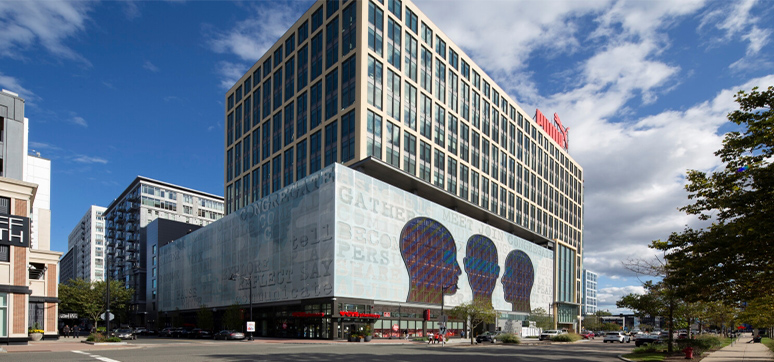
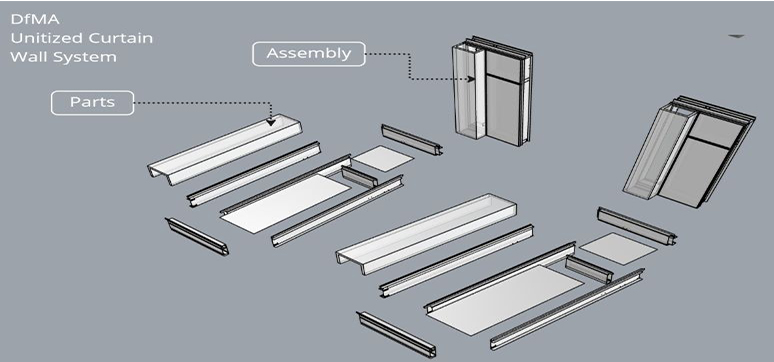
Driving Efficiency and Excellence in Façade Design through DFMA
Over the past few decades, façade design has witnessed a paradigm shift with the advent of innovative methodologies, and one such approach is Design for Manufacture and Assembly (DfMA). With 16 years of hands-on experience in façade design, engineering, testing, and inspection, this article aims to explore the significance of DfMA in the context of façade architecture, shedding light on its advantages and impact on the industry. Having spent more than a decade and a half immersed in the intricacies of façade design, engineering, testing, and inspection, I have witnessed firsthand the evolution of industry practices. The challenges posed by complex architectural visions, stringent performance requirements, and the need for sustainable solutions have spurred the exploration of innovative methodologies such as DfMA. Understanding DfMA Façades DfMA is a methodology that focuses on optimising the design process by integrating manufacturing and assembly considerations early in the design phase. In façade design,...
Posted on: 09 Jan 2024
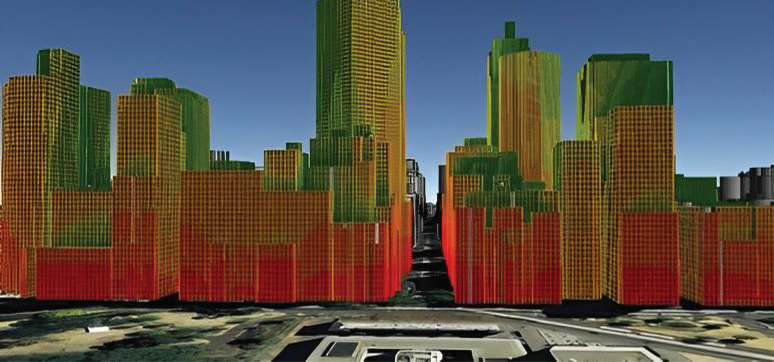
Improving Acoustic Performance of Façades
WE LIVE IN A NOISY WORLD The Middle East has experienced rapid urbanisation and development and one of the major challenges brought by urbanisation is noise pollution. The increased urban activity has significantly contributed to higher noise levels in cities. This has become a significant concern, as it negatively impacts the quality of life for residents. [caption id="attachment_55874" align="alignright" width="400"] Figure 1 - Examples of noise sources that affect acoustic design (©Dubai Building Code 2021)[/caption] Exposure to high noise levels can have varying negative effects on individuals. Some may experience increased stress, difficulty in concentrating, and disrupted sleep patterns. Others may develop long-term health issues such as hearing loss and cardiovascular problems. The impact of noise pollution on individuals depends on factors such as their sensitivity to noise and the duration and type of exposure. The building envelope plays a crucial role in defining the visual identity of a structure,...
Posted on: 04 Jan 2024
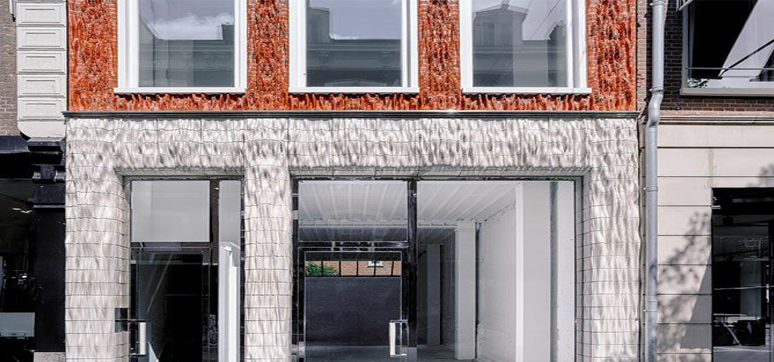
Studio RAP Unveils Ceramic House Façade with 3D-Printed Artistry on Amsterdam’s Luxury Shopping Street
Rotterdam-based architecture firm, Studio RAP, has introduced a groundbreaking façade for a boutique located on Amsterdam’s prestigious P.C. Hooftstraat. The innovative project, aptly named Ceramic House, showcases a unique blend of traditional aesthetics and cutting-edge technology, featuring bespoke 3D-printed ceramic tiles and bricks. The façade, inspired by the intricate craftsmanship of knitting garments, exudes an artisanal look and texture that redefines architectural expression. Studio RAP leveraged its proprietary 3D printing technology, developed in-house, and implemented digital design algorithms to bring this vision to life. According to Studio RAP, “The Ceramic House reshapes architectural expression by seamlessly blending tradition and innovation, reintroducing bespoke details to the realm of architecture.” The bespoke 3D-printed ceramic tiles were meticulously crafted using state-of-the-art digital fabrication processes within the studio’s manufacturing facility. Replacing an outdated façade, the new design enriches the historic architecture of Amsterdam’s renowned shopping street, P.C. Hooftstraat, with a fresh and captivating design...
Posted on: 03 Jan 2024
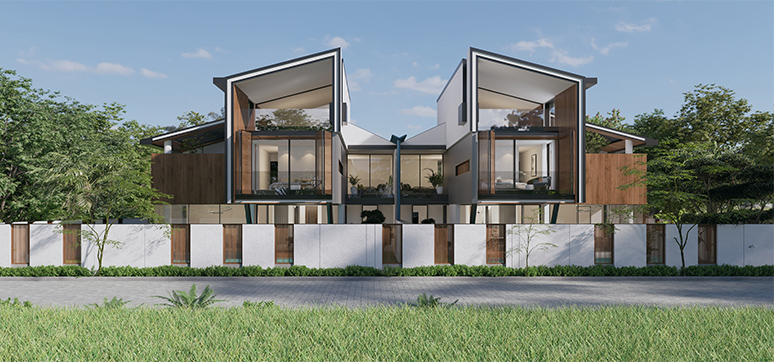
Façade & Fenestration Design 2050: The World of Architecture Will Witness an Awe-Inspiring Transformation
In the visionary landscape of 2050, the world of architecture will witness an awe-inspiring transformation in façades and fenestrations. The fusion of cutting-edge technology, sustainability, and artistic innovation will give rise to structures that not only redefine our skylines but also our relationship with the built environment. The aesthetics of future façades will be a testament to human creativity and innovation. FUTURE DESIGNS - 2050 [caption id="attachment_55759" align="alignright" width="500"] A façade that’s built around the existing trees[/caption] Envisioning 2050, the future of façade and fenestration design promises to be nothing short of a revolution. We’re poised for a transformation where building exteriors will no longer remain static. Instead, they will evolve dynamically to respond to their surroundings. Imagine façades equipped with smart materials like self-tinting glass and shape-memory alloys, enabling them to adjust to changing lighting and temperature conditions. Augmented reality will turn these surfaces into interactive canvases, offering endless...
Posted on: 26 Dec 2023
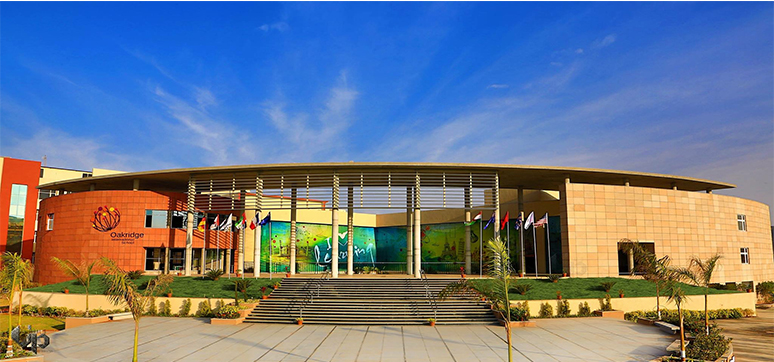
Digital Fabrication & 3-D Printing will Change the Face of Façades
The world is changing rapidly and so are buildings and their façades. Building façades in turn are changing the way buildings look and function and also the way cities look. The architecture of façades is being driven by advancements in technology, heightened environmental consciousness and the pressing need for sustainable construction. [caption id="attachment_55747" align="alignright" width="419"] KCC Institute, Greater Noida[/caption] The Building façade is the most important element in controlling the carbon footprint as it is the primary contributor towards heat gain. The future might see a shift towards façade materials that reduce carbon footprints like clay bricks, natural stone, timber, bamboo and composite materials made using recycled products. Alternately technology might be used to make smart façades that adapt to changing weather conditions and the movement of the sun and regulate solar heat gain and temperature. The heightened interest in biophilic design will surely see green façades and green roofs...
Posted on: 22 Dec 2023
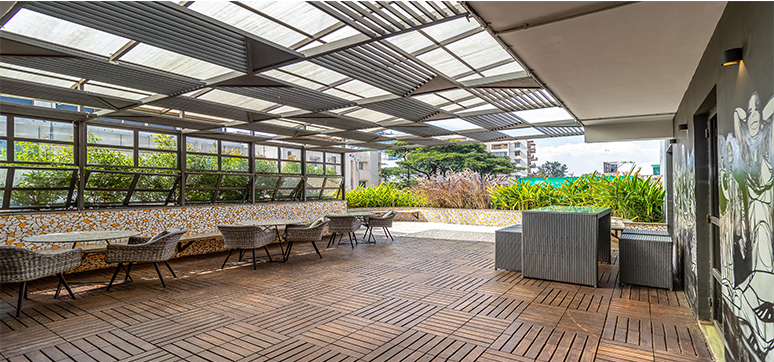
“Sustainability as the Basis of Façade Design is the Need of the Hour and the Norm of the Future”
FAÇADE DESIGNS FOR FUTURE My practice is based on the belief that one can’t leave the past behind when talking about the future. Looking at facades and fenestration through this lens, I see a gradual shift from facades of today having to primarily ‘look’ a certain way, to future facades having to primarily ‘function’ a certain way, taking a U-turn to return to age-old practices of buildings driven by the logic of climate, function, street engagement, etc. and not just by global trend. I also anticipate that perhaps by 2050, building norms will direct or even mandate façade design taking into consideration region (Climate), location (urban/rural) and typology. Sustainability as the basis of façade design, I believe, is the need of the hour and the norm of the future NEWER MATERIAL POSSIBILITIES [caption id="attachment_55727" align="alignright" width="300"] A low-rise residential project where projections and recesses in the Façade along with second...
Posted on: 21 Dec 2023
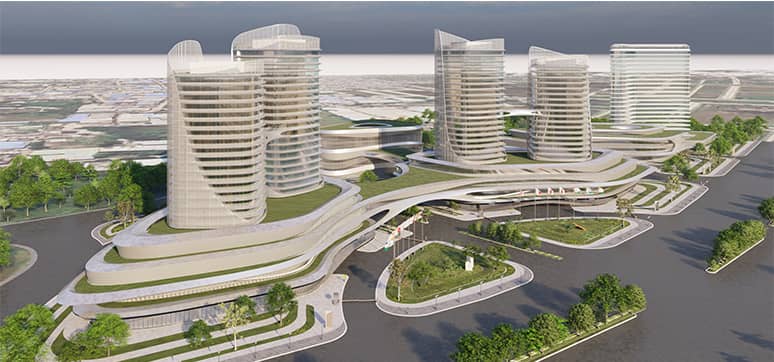
“Adaptive Façades, Driven by Shape- Memory Alloys & Data-Driven Technologies, could Adjust to Changing Conditions in Real Time”
The future of façades and fenestrations in building design is likely to witness a significant shift towards sustainability and energy efficiency. We can anticipate the widespread use of advanced materials, smart glass, and dynamic shading systems to enhance both environmental performance and occupant comfort. Renewable energy integration, particularly building-integrated photovoltaics, and transparent solar panels, may become standard features, contributing to on-site power generation. Adaptive façades, driven by shape-memory alloys and data-driven technologies, could adjust to changing conditions in real-time. Furthermore, the future may bring innovations in 3D printing, customisation, and resilient designs to address climate-related challenges. Ultimately, architects will play a pivotal role in creating visually appealing, sustainable, and functional building exteriors for the future. FUTURE DEVELOPMENTS IN FAÇADE MATERIALS [caption id="attachment_55633" align="alignright" width="500"] Façades of the Future - renderings[/caption] In the forthcoming years, glass façades will be poised for substantial transformation, embracing advanced and sustainable innovations. These future developments...
Posted on: 20 Dec 2023
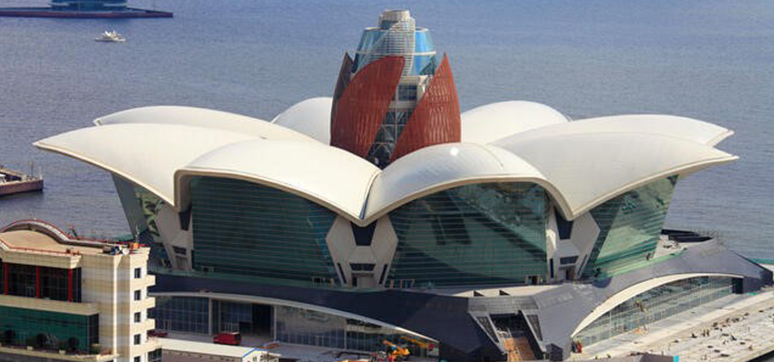
Shaping the Future of Architecture: The Transformative Role of Glass Façades
Glass has become a transformative material in modern architecture, offering a multitude of advantages that go far beyond its aesthetic appeal. As a favored façade material, it allows for sleek and versatile designs, maximizes natural light penetration, and fosters a strong connection with the surrounding environment. Moreover, innovations like low-emissivity coatings have significantly contributed to the energy efficiency of glass, making it a sustainable choice for modern buildings. In regions with abundant sunlight, such as the Gulf, glass façades play a crucial role in optimizing energy savings by reducing the need for artificial lighting and cooling. [caption id="attachment_55528" align="alignright" width="300"] Image Courtesy - Future Architectural Glass[/caption] The choice of glass type and coatings also plays a pivotal role in determining a building’s energy efficiency and thermal performance. Factors like double or triple glazing, Low-E coatings, and tinted or reflective glass impact insulation and solar control, make it essential to consider...
Posted on: 18 Dec 2023

By 2050, We Will See the Organic Fusion of Multi-Functional Façades
By 2050, façades & fenestrations will be more energy-efficient, sustainable, and responsive to the environment. They will be made from sustainable materials, incorporate renewable energy systems, and be able to adjust to the environment to maximize comfort and energy efficiency. This will help to create a more sustainable and livable future for all. FUTURE DESIGNS The design of façades and fenestrations is set to undergo a profound transformation. Façades will be meticulously crafted with materials boasting exceptional insulation properties, complemented by dynamic shading systems that adapt to the sun’s position. Integrated renewable energy systems will seamlessly harness nature’s resources. However, evolution isn’t solely functional. Aesthetics will continue to flourish as well. Building upon today’s artistic expressions, future façades will find innovative ways to merge sustainability and beauty, as the organic fusion of multi-functional façades, capable of generating energy, purifying air, and providing shade, will become emblematic of architectural ingenuity. Future...
Posted on: 18 Dec 2023
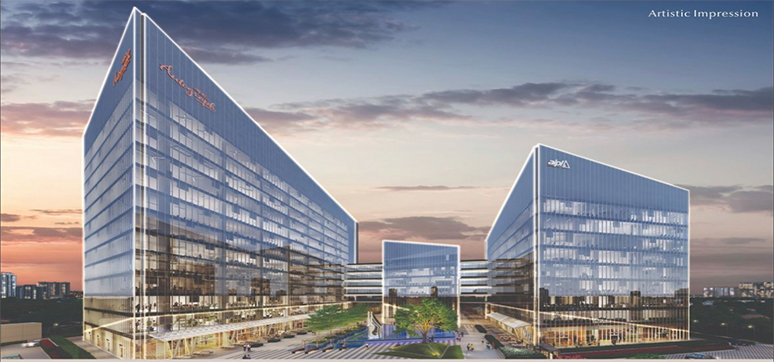
“Future Façades are Likely to have Automated Weather Adaptability through Specially Designed Apps”
The façade industry is very diverse and keeps on upgrading. Keeping in mind the current scenario and regulations that are being followed, the façades in the future will be more energy efficient/harvesting by using glasses with integrated solar panels and with auto tinting properties which will further help in saving energy. Moreover, the aluminium profiles will become sleeker and more intricate. [caption id="attachment_55589" align="alignleft" width="500"] Visualising future façades – renderings[/caption] As aluminium is considered the best material for façades due to its properties like lightweight and durability, it will still play an important role in the coming years. Considering the need for utilizing more sustainable materials, recycled plastics and metals, bricks, pre casts, and reclaimed wood to name a few can be an alternative. With the technical advancements in the current times, future façades are likely to have automated weather adaptability by controlling solar heat and harnessing energy from natural...
Posted on: 15 Dec 2023
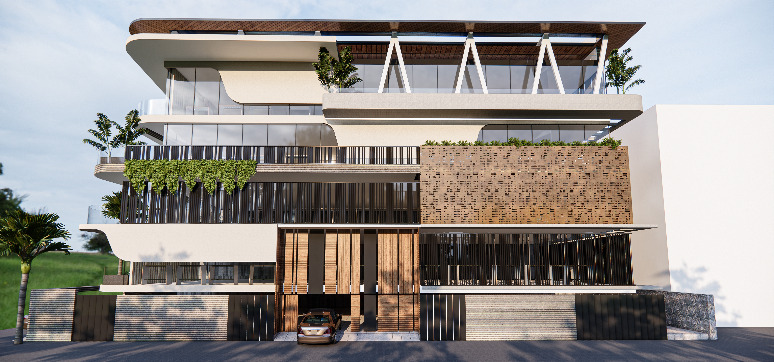
Façades of 2050 will Evolve Towards Sustainability & Timelessness
By 2050, façades and fenestrations will evolve towards sustainability and timelessness, integrating biophilic design principles with living elements and natural materials. Dynamic shading systems and other adaptive technologies will be ubiquitous, optimizing energy efficiency and enhancing occupant comfort. Moreover, the adoption of modular and flexible designs will facilitate easy customization and future adaptations, ensuring their continued effectiveness in the ever-changing urban environment. This transformation reflects a commitment to creating architectural elements that harmonize with both nature and modern living. FUTURE FAÇADE & FENESTRATION: MATERIALS & TECHNOLOGIES In the global markets by 2050, we anticipate a prevalence of sustainable materials. Bio-based composites, advanced recyclable metals, and innovative glass solutions will dominate. These materials will prioritize longevity, with self-healing and low-maintenance features. Nanotechnology may further enhance their performance, offering increased durability and resilience against environmental factors. This shift towards eco-conscious materials will align with the enduring principles of timelessness and sustainability. [caption...
Posted on: 14 Dec 2023

Use of Metal on Building Façades: Innovations & Sustainability
The use of metal in building façades has a rich history dating back centuries, but its role in contemporary architecture is far from static. As we look toward the future, metal is poised to play a pivotal role in shaping the aesthetic, functional, and sustainable aspects of building exteriors. Let’s explore the evolving landscape of metal used in building façades, innovative materials, technologies, and sustainable practices that are driving this transformation. The world of architecture is experiencing a transformative shift towards sustainability and innovation. Building façades, often considered the “face” of a structure, play a pivotal role in this evolution. THE EVOLUTION OF METAL IN BUILDING FAÇADES Before delving into the future, let’s briefly review the historical context. Metal has Façade Materials Use of Metal on Building Façades: Innovations & Sustainability has been a key player in building façades for centuries. From the ornate ironwork of 19th-century buildings to the...
Posted on: 11 Dec 2023
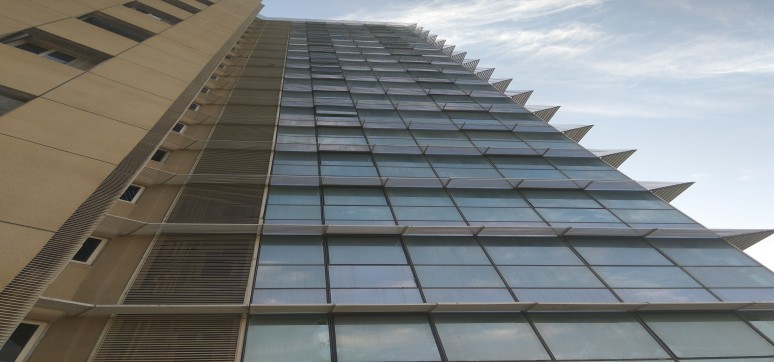
Glass Façades for High-Rise Buildings
The word ‘Façade’ means ‘Face’ in French, and a building’s façade is actually the front of a building and its face. Glass walls on the exterior of buildings are widely used to improve the beauty, keep the interior temperature in check, and allow enough natural light to enter which gave rise to the increasing use of glass. Some of the advantages of using glass in high-rise buildings: Efficiency: The glass façade on the exterior of the building allows an optimum level of natural light to enter, which reduces the cost of lighting. Safety & Maintenance: The key factors to consider while designing a façade are safety, longevity, and maintenance. Glass has a smooth glossy surface, so it is dustproof and can be cleaned efficiently. Unlike other materials, it is easy to maintain. Strength & Weather Resistance: The materials used in glass façades are extremely strong and durable. They are designed...
Posted on: 07 Dec 2023
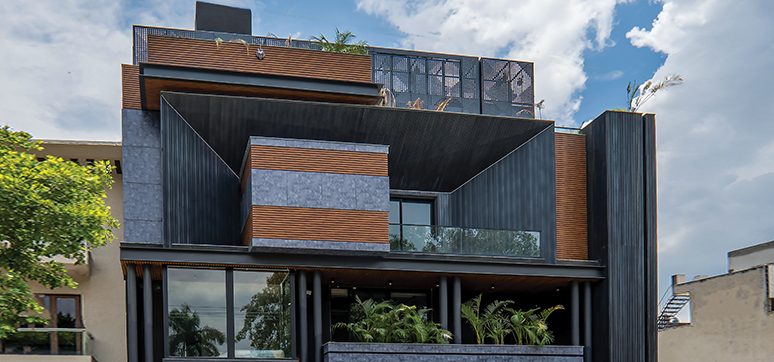
Latest Computational/Design Tools Used for Designing Efficient & Appealing Façades
Unlocking the pinnacle of architectural excellence lies in the seamless fusion of functionality and aesthetics in façade design. To achieve this, architects harness the cutting-edge prowess of computational and design tools, propelling the industry to uncharted heights. Innovations like parametric modelling, generative algorithms and virtual reality simulations have become the vanguards of efficiency and aesthetics, allowing designers to sculpt eye-catching exteriors that transcend conventional norms. In this article, Ar. Robin Sisodiya, Founder and Principal Architect of ASRO Arcade India, gives us insights into the latest trends in computational and design tools, offering a glimpse into the future of façade architecture, where efficiency and appeal intertwine harmoniously to redefine the art of building exteriors. 3D PRINTING IN FAÇADE CONSTRUCTION [caption id="attachment_55224" align="alignleft" width="289"] A glimpse into the future of façade Architecture[/caption] 3D printing has emerged as a revolutionary technique for constructing façades that challenge traditional building methods. This technology employs additive...
Posted on: 06 Dec 2023
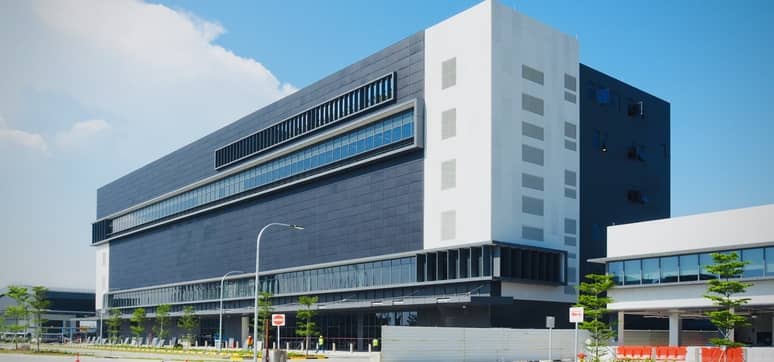
Moving Forward: Demystifying Solar Façades
Solar façades are the cheapest façade of all façades! This is not a myth but an undervalued reality for the future of sustainable façade design. Solar façades deliver solar energy to progressively pay down its own cost while all other façade materials (including paint and plaster) will continue to incur additional costs throughout its life cycle period. It follows therefore that a solar façade with its active financial gain is an asset while all other façades should then be classified as a long-term liability. Therefore, in reality, solar façades which may appear to be more expensive initially, will ultimately emerge as the cheapest façade ever. So, will this new realisation be sufficient to move the needle for the industry to adopt solar façades as a new asset-class building material? I think the answer is quite obvious but the truth is there are still many legacy problems that need to be...
Posted on: 28 Nov 2023

